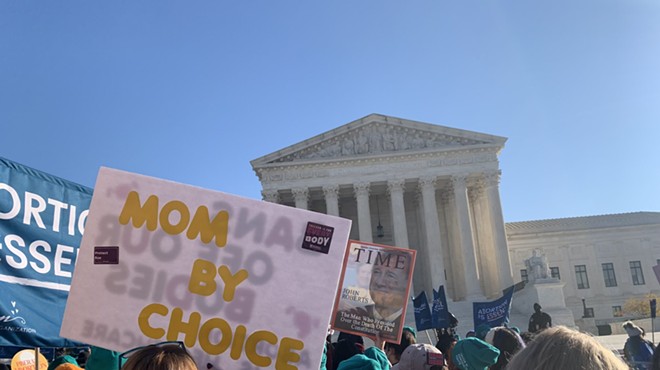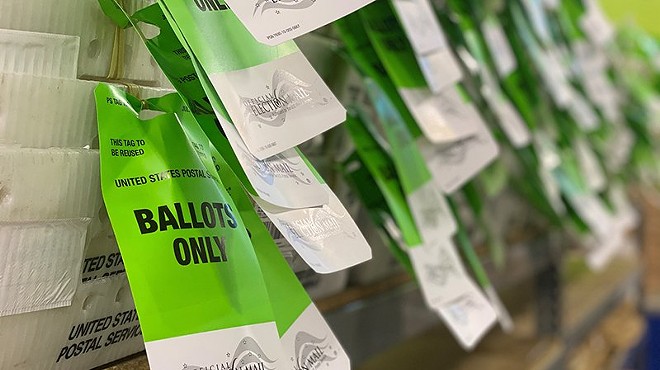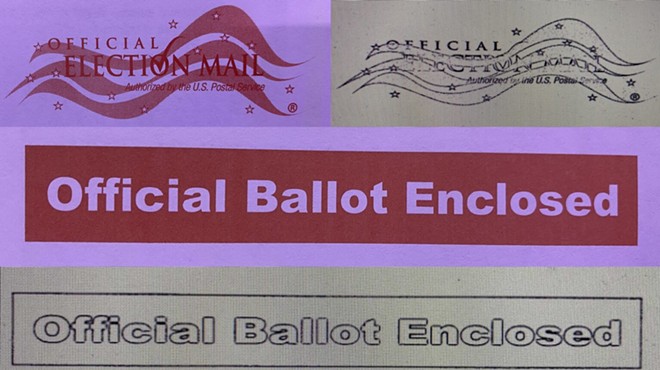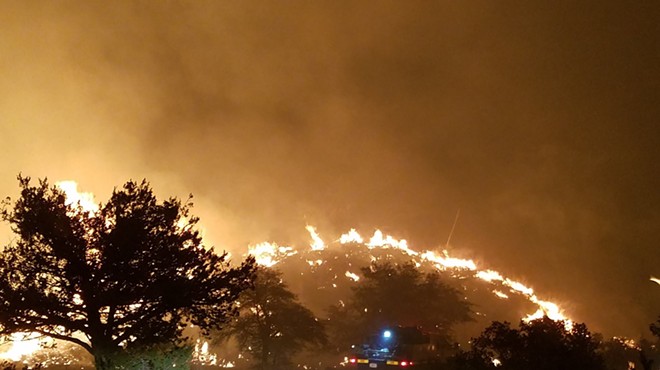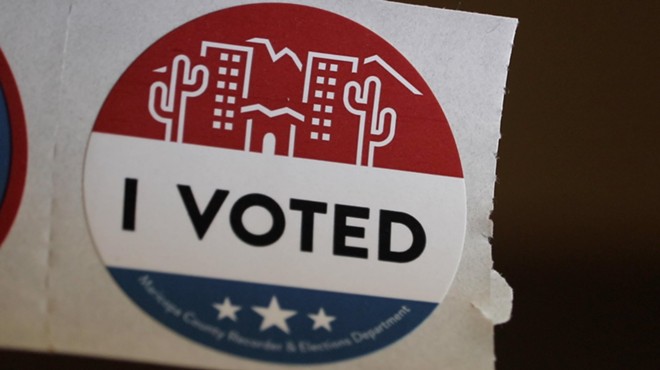Monday, June 21, 2010
Rest Stops Reopening on AZ Highways
A bulletin from the Arizona Department of Transportation:
To aid summer travel, the Arizona Department of Transportation will reopen five of the state’s highway rest areas by the end of July, helping to expand the opportunities for travelers to make rest stops along some of the busiest routes in Arizona.
Another four rest areas will undergo repairs in an effort to open in the fall. When the nine closed rest areas reopen, bringing the total number of operational rest areas to 14, services will again be provided to more than 50,000 drivers and passengers each day.
When ADOT announced plans to temporarily close some rest areas in October 2009, the agency pledged to reevaluate its financial situation before the July 1 start of the 2011 fiscal year. Closed as the result of the state’s budget crisis, declines in transportation revenues and a need to focuson critical wintertime safety, some rest areas can be reopened now because of a stabilizing — but not yet improving — financial situation, and through careful planning and budgeting by ADOT.
Assuming that current transportation revenues remain stable, with no dramatic revenue declines of state highway funds, ADOT will manage critical services for drivers while also incorporating rest area operations into the annual budget. Rest areas are funded as part of ADOT’s operating budget, a fund severely constrained to provide highway maintenance, customer service, law enforcement support and other necessary public safety services.
Rest areas set to open by the end of July include: Ehrenberg (I-10), Canoa Ranch (I-19), Meteor Crater (I-40), Sacaton (I-10) and San Simon (I-10).
“The closure of rest areas is not a problem of any one state. This is a problem of federal law, which prohibits the exploration of real solutions and punishes states with younger infrastructure,” said Governor Jan Brewer. “The federal government should allow privatization of rest areas as part of the nation’s highway system, but too many limitations place the full financial burden on states, and that’s where hard choices have to be made.”
Arizona continues to work with its Congressional delegation and other states to seek changes in federal law to allow for alternative funding strategies and the flexibility to use federal highway funds to support rest areas.
“Because our budget is stabilizing, we can fulfill our promise to drivers by reevaluating the rest areas program and reopen most of them,” said ADOT Director John Halikowski. “However, we still need long-term, sustainable solutions to pay for rest areas and will pursue changes in federal law to allow Arizona to find partnerships and private investment in rest areas to make good use of the limited highway maintenance funds we have.”
States like Arizona need changes at the federal level to allow for partnerships to operate rest areas, or privatization. Only states with rest areas in operation before passage of the 1956 Interstate Highway Act are eligible to privatize, outsource or engage in public-private partnerships for rest areas. Arizona has none of those options, and unlike East Coast states, has long stretches of open highway, some with few driver services. Arizona, however, continues to work towards a program to join forces with appropriate businesses adjoining highways to designate existing establishments as state-certified rest areas.
Each year, Arizona spends about $320,000 per rest area for maintenance, electricity and water services. Funding for these facilities comes from the State Highway Fund, which is comprised of revenue from the state fuel tax and vehicle license tax. Posing the greatest challenge for the state, rest areas are required to be funded from the same budget source as critical public safety services, like snow removal, roadway maintenance and highway crash response.
Most of the state’s rest areas are at least 40 years old and in need of major improvements. ADOT can keep them functioning to meet basic needs, but longer-term solutions have to be explored to establish rest areas as a permanent part of Arizona’s highway infrastructure, including opportunities through privatization and partnerships that are being addressed with lawmakers and regulators at the national level, including the Federal Highway Administration.
Rest areas that will require additional repair before being reopened, possibly this fall, include: Bouse Wash (I-10), Hassayampa (US 60), Haviland (I-40) and McGuireville (I-17).
Four rest areas — Mazatzal (SR 87), Mohawk (I-8), Parks (I-40) and Salt River Canyon (US 60) — will remain closed due to serious repair issues.
Rest areas that have remained open are Burnt Well (I-10), Painted Cliffs (I-40), Sunset Point (I-17), Sentinel (I-8) and Texas Canyon (I-10).







